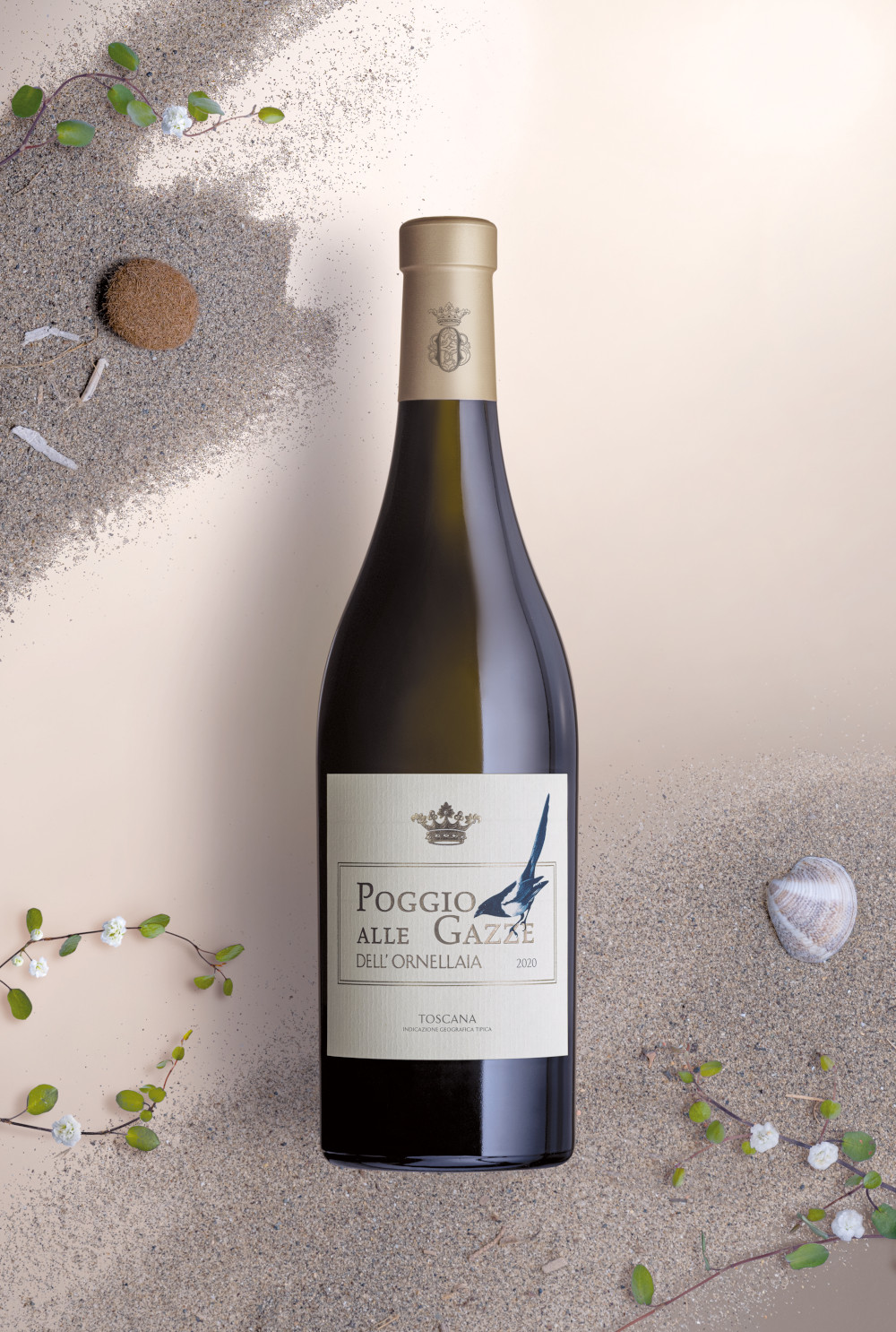As the winter melts away, swirl these spring worthy wines from Sicily in your backyard.
By: Isabelle Kellogg
Posted on: March 22, 2023

A few months ago, as winter’s grip was tightening, trade organizations representing Sicily’s DOC viticulture (DOC is Italy’s official “designation of origin” for grape varieties) offered me the opportunity to sample Sicily’s “wine flagship” (i.e. indigenous) varieties such as Nero d’Avola, Grillo and Frappato. Over the course of several wine tasting opportunities, including an exclusive one-on-one tasting via video with Antonio Rallo, the president of Sicilia DOC; a gala dinner, “Dining with Bacchus” (10+ wines each paired with a different course during dinner); and a tasting hosted by Assovini Sicilia. For those who know it already, and for those who don’t, Sicily has some amazing wines grown in a dedicated island, overshadowed by Mount Etna.
Sicily is Italy’s largest wine growing region and is unto itself a “viticultural continent”. Nearly 500 winemakers, holding small plots to large swaths of vineyards, call it home. With its 98,000 hectares of vineyards, it leads Tuscany and Piemonte in wine production and eschews stereotypes about southern wine.

Sicily’s climate is temperate and relatively balmy year-round, but has high elevations, which include the region around Mount Etna and the Madonie mountains. This mix of diverse soils and topography, combined with maritime island climate and breezes, contributes to the wines’ distinctive Mediterranean personality, giving it a freshness and elegance. Many wines are grown organically with limited intervention, and the harvest lasts an impressive five months, from the end of July for its earliest white grape varieties to the end of November on the higher slopes of Mount Etna.
Nero d’Avola and Grillo grapes are the most talked about local varietals that thrive across the island. Grillo had been used exclusively to produce Marsala (the popular cooking wine) in the 19th century and was about to die out in 2005 when the Sicilia DOC consortium stepped in to revive the grape. It is now used in some of Sicily’s most recognizable labels and delivers a refreshing, fragrant wine with mild aromas of tropical fruit and a rich, creamy structure which some liken to a Sauvignon Blanc type white wine that’s fruity, crisp and savory.

Similar in style to a Syrah, Nero d’Avola is Sicily’s most prolific red grape, although it has a black skin, and produces a medium-bodied elegant wine with mild red fruit flavors, notes of pepper and a nice acidity. Most single-varietal bottlings of Nero d’Avola are labeled under the Sicilia Denominazione di Origine Controllata (DOC), a territory which spans the entire island. There is an abundance of excellent and well-priced Nero d’Avolo red wines, and one only needs to look on the label for this grape variety, plus a “DOC” designation to be assured of a memorable bottle of wine. Donnafugata and Planeta are two among the many producers in this excellent wine category.

Frappato is another common variety you’ll come across on the island. Part of its allure is how easy it is to remember and pronounce, plus it’s a red wine variety that tastes amazing slightly chilled, which makes it enjoyable all year long. The grape is grown mostly in the Siracus region at a lower elevation in a sandy soil, and comes close to a Pinot Noir. Planeta is one winery located near the red sands of Vittoria, near the island’s coast, and is notable for its extensive Frappato DOC wines.
Sicily’s wineries focus their production on organic farming techniques to further enrich their wine making heritage. For anyone who’s not traveled to Sicily yet, you can enjoy an above average viticultural experience drinking wines made from their indigenous grape varieties, so get tasting!


























Post your comment